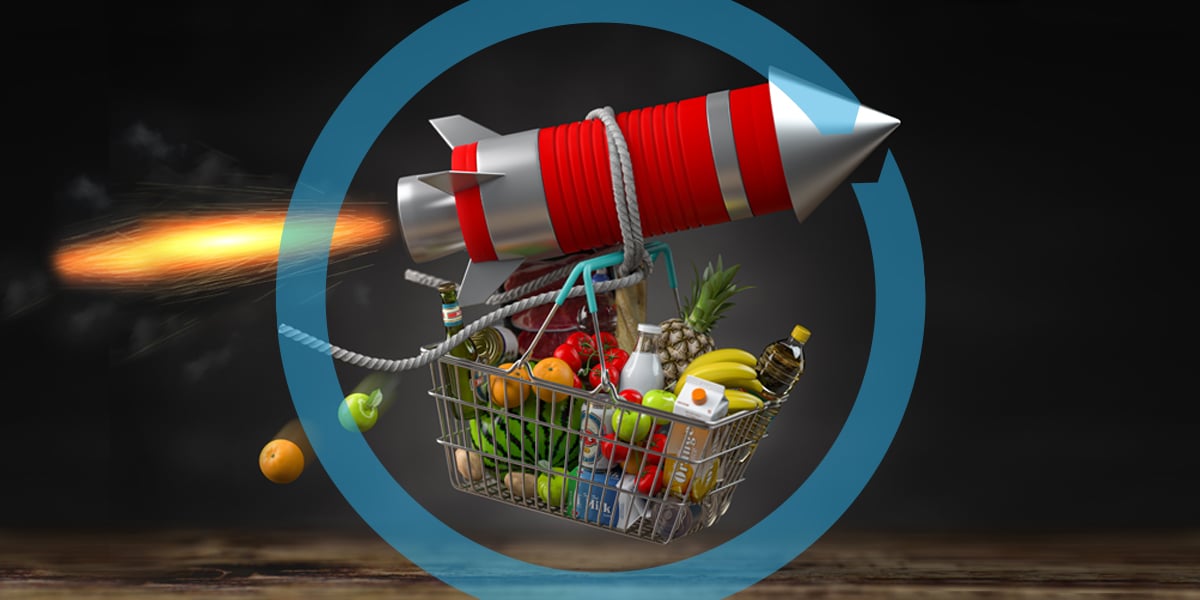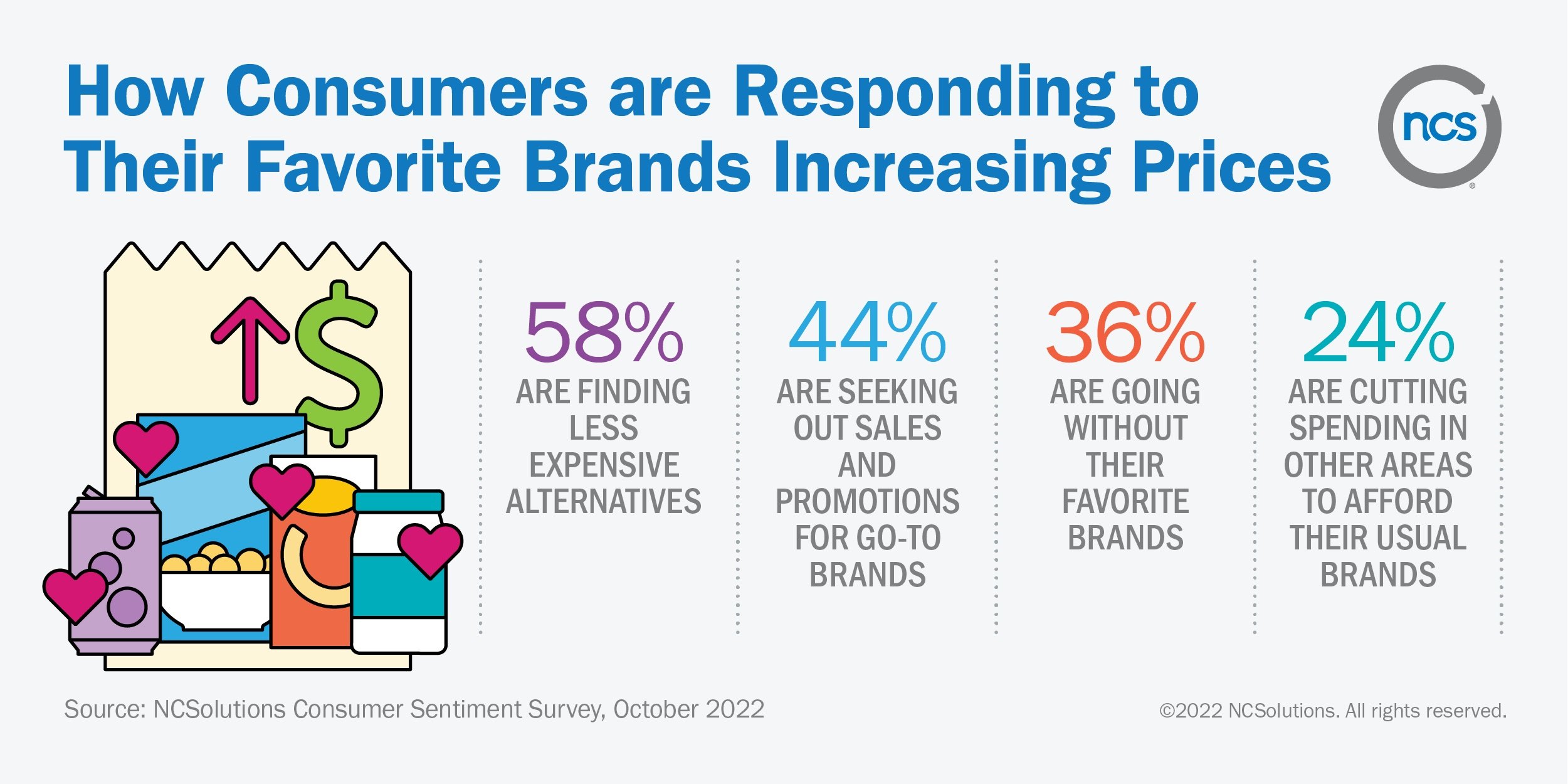Menu
Keep a pulse on consumer buying behavior and advertise to improve awareness, market share and return on advertising spend (ROAS)
By Alan Miles, Chief Executive Officer, NCS
Inflation has shaken every corner of the post-pandemic economy, driving up costs and impacting consumer buying behavior. Once again, consumer packaged goods (CPG) brands find themselves reviewing marketing plans and adjusting to another fresh set of market conditions.
There’s no denying consumers are suffering from skyrocketing prices, which have been increasing at the greatest rate in 40 years. An analysis of NCS purchase data revealed consumers are paying 12.8% more on CPG items than they were a year ago.
While inflation hasn’t totally derailed the post-pandemic economic recovery — the job market and product consumption remain strong — it has had a profound effect on consumer sentiment. This is borne out by two consumer sentiment surveys we commissioned in June and October of this year.
Each shows that the vast majority (88%) of American consumers believe the economy is either declining or staying the same. While the most recent data indicates that consumer concern has cooled a bit over time, it remains high, as 73% said they are “very” to “extremely” concerned about inflation in our most recent survey.
However, these are more than mere worries. The sustained anxiety about the economy is reflected in changes in consumer purchasing behavior. In our more recent survey, 41% of consumers have responded that they have downgraded to bargain brands to ease the financial strain of more expensive items. In addition, 39% of consumers have cut out non-essential CPG items entirely. It is also clear that consumers are more likely to hunt for sales and promotions, and they’re eating out less, according to both the surveys’ findings. When at the grocery store, consumers also say they’re prioritizing affordability and value over all other factors.
Keep the Pulse of Consumer Behavior
With consumers being more price-conscious, it would seem natural for brands to do the same and be more judicious about when and how they spend their marketing budget. But there’s an opportunity cost for brands when they pull back on marketing in an uncertain economy. By not advertising, they risk losing awareness among consumers and ceding market share to their competition.
Shifts in consumer behavior actually create new possibilities for CPG brands to connect with consumers and increase sales. Brands that keep a pulse on new shopping preferences are more likely to create messages true to the moment, and that resonate with the right consumers. By continuing to advertise — even during rough patches — they stand to make gains in brand awareness, sales and market share.
Don’t Stop Advertising
In our work with clients, we see, time and again, brands that continue to advertise — even when the economic outlook is murky — maintain or grow sales. By comparison, when brands decrease their ad spending, sales decline.
This phenomenon is predicated on a foundational principle of marketing: It’s easier to keep existing customers than it is to acquire new ones.
Consumers are, by and large, loyal to their favorite brands. For instance, during the pandemic, brands with loyal customer bases maintained market share, while growth came from new buyers.
The COVID-19 pandemic provided several compelling examples. During 2020’s stay-at-home period, we analyzed the strategies of several CPG brands across categories. Our findings show that new buyers were a significant marketing opportunity, and brands that engaged them experienced significant growth. Meanwhile, brands with loyal customer bases — brands whose sales are typically steady, and thus unaffected by seasonality — maintained market share throughout the period. Amid turmoil, our analysis found consumers frequently turned to the brands they buy most routinely throughout the year.
Indeed, consumers are doing everything they can to afford their preferred brands. The October survey shows a substantial share (44%) of consumers seeking out sales and promotions for their go-to brands in the face of rising prices, and nearly a quarter (24%) of consumers cutting spending in other areas to afford their usual brands.
That doesn’t mean brands can rest on their laurels and coast on pre-existing loyalty. In these inflationary times, most consumers (58%) said they’d find a less expensive alternative if their favorite brand became too expensive. Just over one-third (36%) said they’d just go without their preferred brand if the price was prohibitively expensive.
Lead With Empathy
Especially when times are tough, brands can strengthen loyalty by reminding consumers that they are there for them. If a brand goes quiet, customers can quickly forget, allowing competing brands to move in and snatch up some customers ripe for the picking.
Brands can meet consumers where they are by adjusting messages to highlight consumer concerns. For example, a cost-conscious consumer is more likely to be receptive - and add your brand to their basket - if your advertising emphasizes value.
We know from our previous research that compelling, well-targeted advertising increases brand equity and sales in both the short- and long term. For instance, one beverage brand ran a longer advertising campaign in 2020. Precise targeting delivered 10 times the sales lift to responsive exposed households.
Stretch the Marketing/Advertising Budget
Another way to succeed in rocky conditions is to improve advertising efficiency. Brands can increase the value of their marketing spend by exercising more precision with their audience targeting. Contemporary audience-building technologies allow brands to pinpoint the consumers most likely to buy their products, thus increasing conversions and driving up return on advertising spend (ROAS). It’s much more efficient than broad-based targeting segments, such as age and gender.
Optimization tools also allow brands to alter their campaigns in real time while the campaign is still active and in market. Brands can identify the targeting and messaging strategies that resonate best with consumers and lean more heavily into those while discarding tactics that perform poorly, increasing ROAS even further.
The current economic scenario might feel like a replay of the quarantine economy for brands, when consumers were anxious about the economy, preparing more food at home, and more open to trying new brands. Back then, many brands considered pulling back on marketing until the market normalized, but brands that followed the dynamics of consumer purchasing behavior and continued advertising improved sales and market share during quarantine.
This period of economic uncertainty is no different — the brands that make advertising a priority will continue their success. Those that don’t will struggle long after inflation has subsided.
For more inflation insights and recommendations for brands, please download Food-Flation, The Rising Cost Of CPG.
Subscribe for Updates
GET INSIDE THE MINDS OF CPG BRAND MARKETERS
Learn about their data-fueled strategies
SNAG YOUR COPY OF THE REPORT TODAY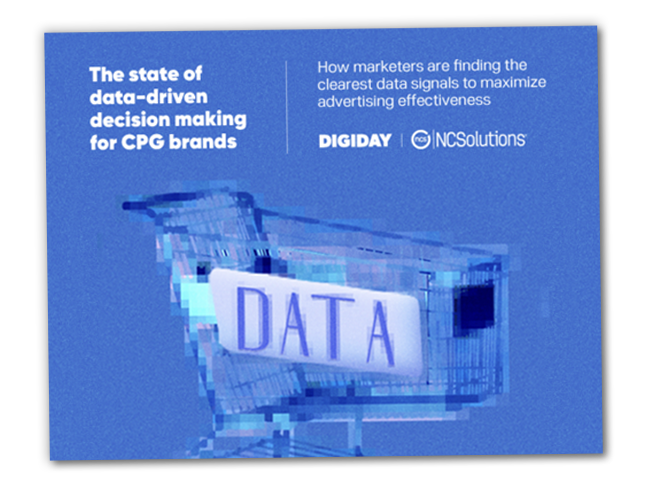
WONDERING HOW CONSUMERS RESPOND TO INFLUENCER MARKETING?
See how creating content drives results
DOWNLOAD YOUR COPY NOW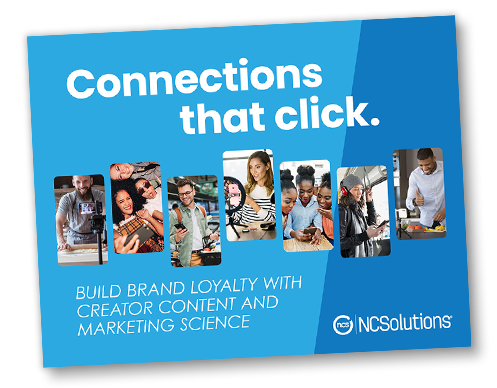
WANT TO KNOW MORE ABOUT HEALTH AND ECO-MINDED SHOPPERS?
Get CPG insights to engage your buyers
ACCESS THE E-BOOK TODAY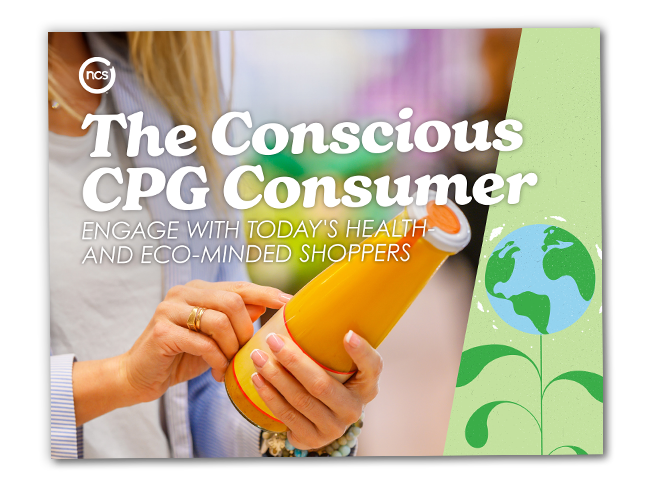


.png)
.png)

